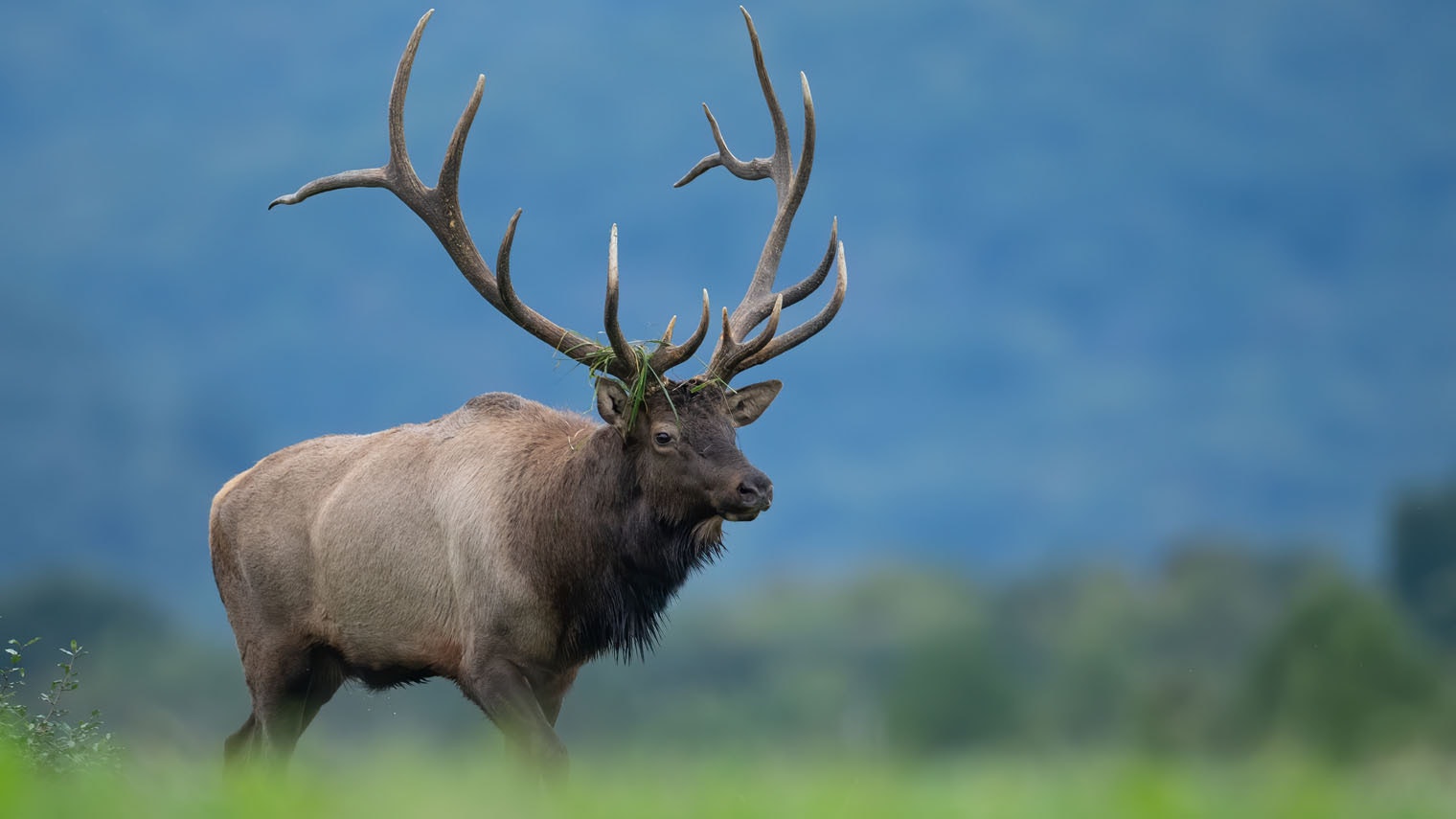The Wyoming Game and Fish Department wants your blood. Your elk’s blood, that is.
The Game and Fish plans to mail out about 8,500 blood sample kits to hunters who drew elk tags this year for numerous hunt areas across the state. The agency is urging those who kill elk to fill the vials provided in the kits with the animals’ blood and mail them back so they can be tested for Brucellosis.
That’s vital to tracking the spread and infection rates of Brucellosis, a disease of great concern to Wyoming’s beef ranchers, State Veterinarian Hallie Hasel told Cowboy State Daily.
“We really need that information from hunters,” she said. “We need to know where the situation with Brucellosis is changing and whether it’s spreading to anywhere new.”
Wyoming currently has “Brucellosis-free” status regarding its beef trade. An outbreak among cattle could case Wyoming to lose that status. That could in turn devastate state’s beef’s transport and trade – both within the United States and abroad, she said. A state with known Brucellosis spread among its cattle could be banned from selling or transporting cattle or beef beyond its borders.
Wyoming’s Brucellosis-free status hinges upon regular testing of cattle herds in a designated surveillance area in the state’s western and northwestern regions, Hasel said. And knowing the status of the disease among wild animals, particularly elk, helps prevent outbreaks from jumping into cattle herds.
Brucellosis is a bacterial disease that causes infected animals to abort their fetuses. It is thought to have first entered North America in the 19th Century, through infected cattle imported from Europe. The imported cattle spread the disease to Bison here. From there, it spread to other wildlife, including elk.
Brucellosis can infect humans, causing a malaise commonly called undulant fever.
“The disease is called undulant fever because the fever is typically undulant, rising and falling like a wave,” MedicineNet said on its website page about human Brucellosis infections. It can cause an array of symptoms, such as muscle aches and weakness. Infection usually occurs through direct contact with infected animals or carcasses.
Brucellosis infections are rare in humans, but can have effects that linger for years, Hasel said.
The Game and Fish recommends that hunters wear latex or nitril gloves when skinning, gutting or quartering big game carcasses.
Elk are the primary vector for Brucellosis in Wyoming, Hasel said. The most common ways the disease is spread among animals is through direct “nose-to-nose” contact, or through contact with fresh fetuses or placenta aborted from infected animals.
It’s important to keep elk and cattle separated, especially during the elks’ calving season, usually May through July, Hasel sad.
“It has to be at least far enough to prevent that nose-to-nose contact, but ideally, we don’t even want elk and cattle in the same pastures together during the elk calving season,” she said.
Ranchers are encouraged to keep fences in good repair, particularly around food sources that might be tempting to elk, Hasel said.
To encourage hunters to collect blood samples and mail them to the Game and Fish, the agency has sweetened the deal by offering prizes. Hunters who turn elk blood samples in could be eligible for entry into drawings for prizes such as hunting gear and rifles.





